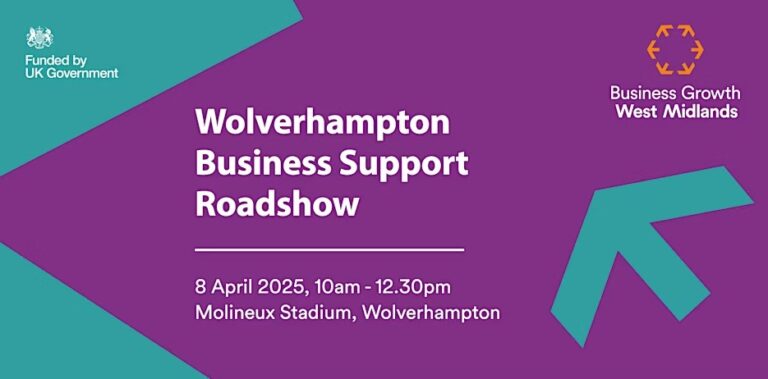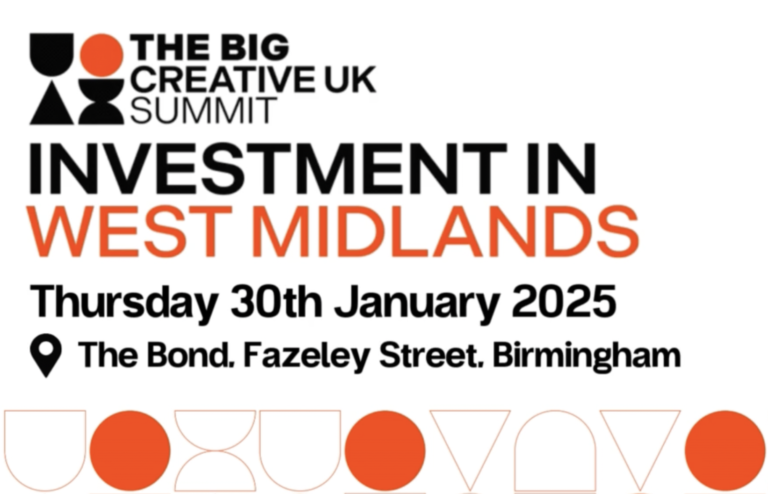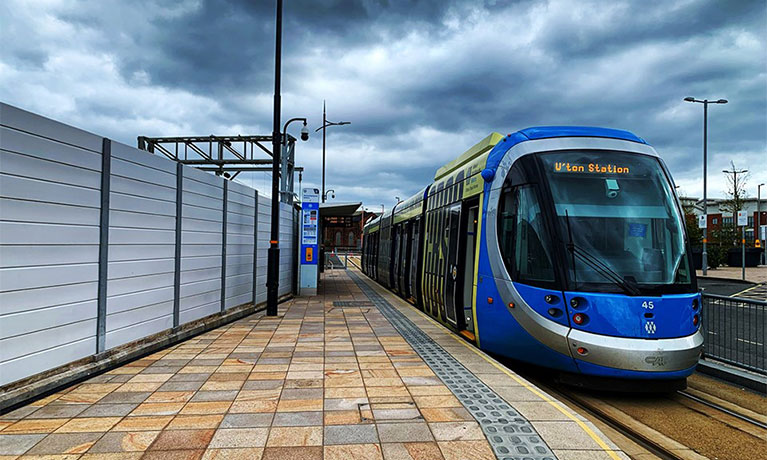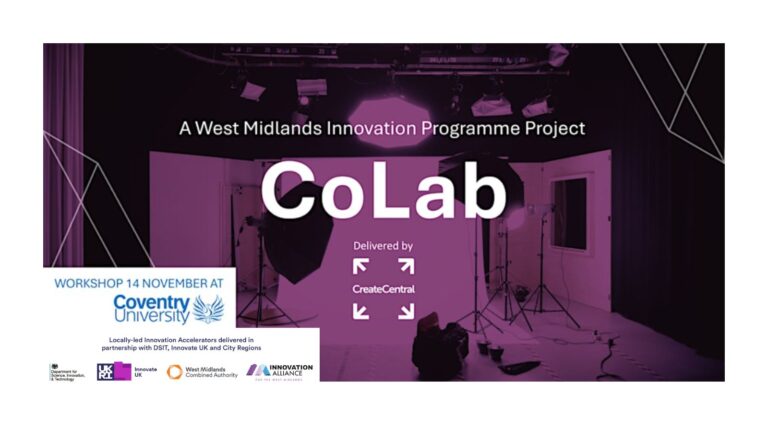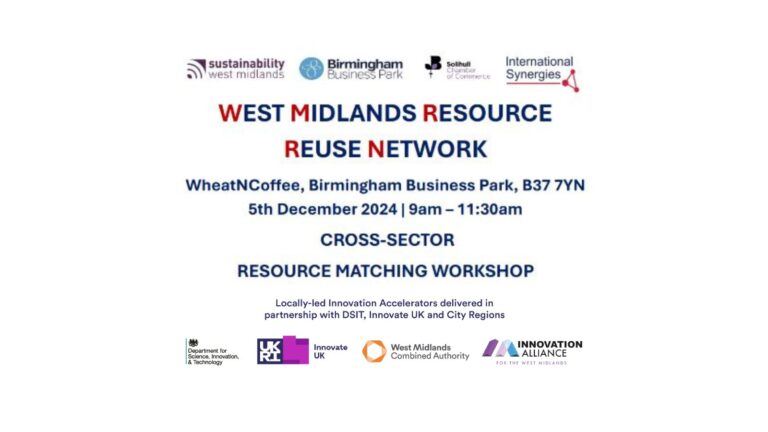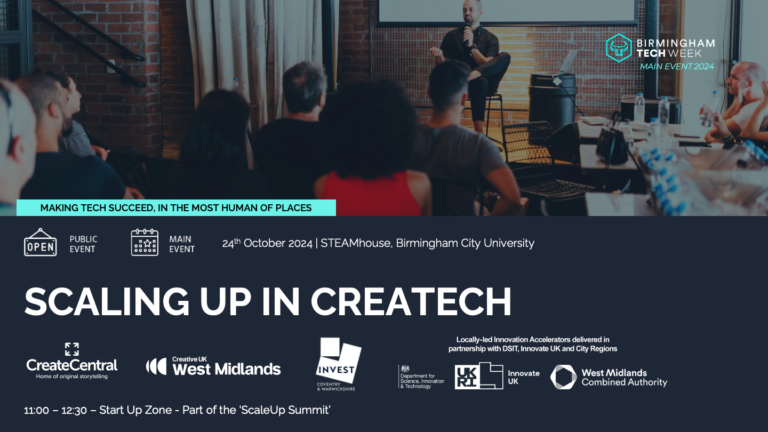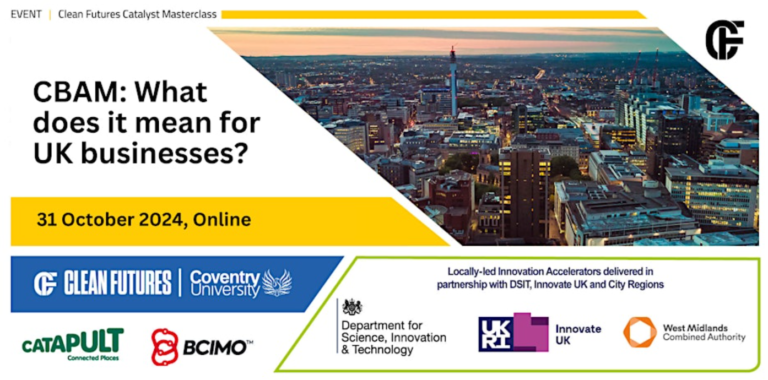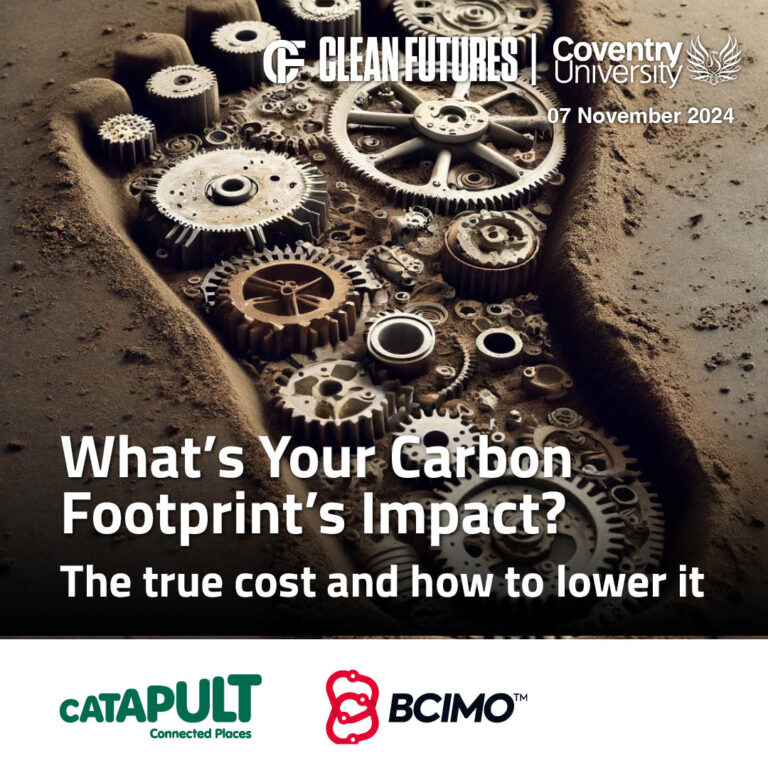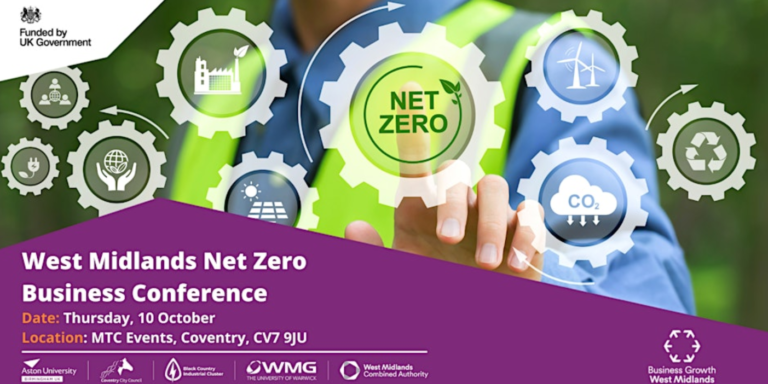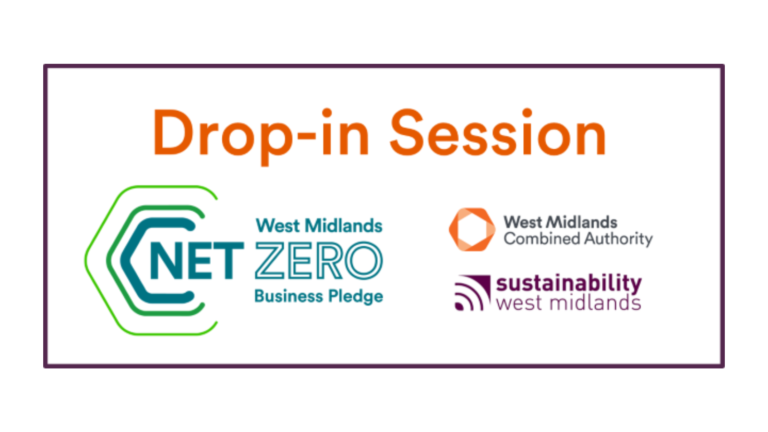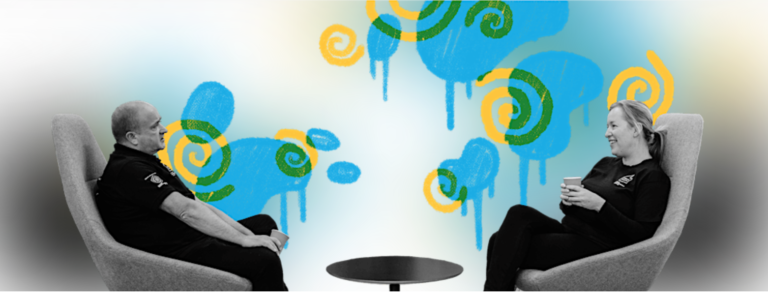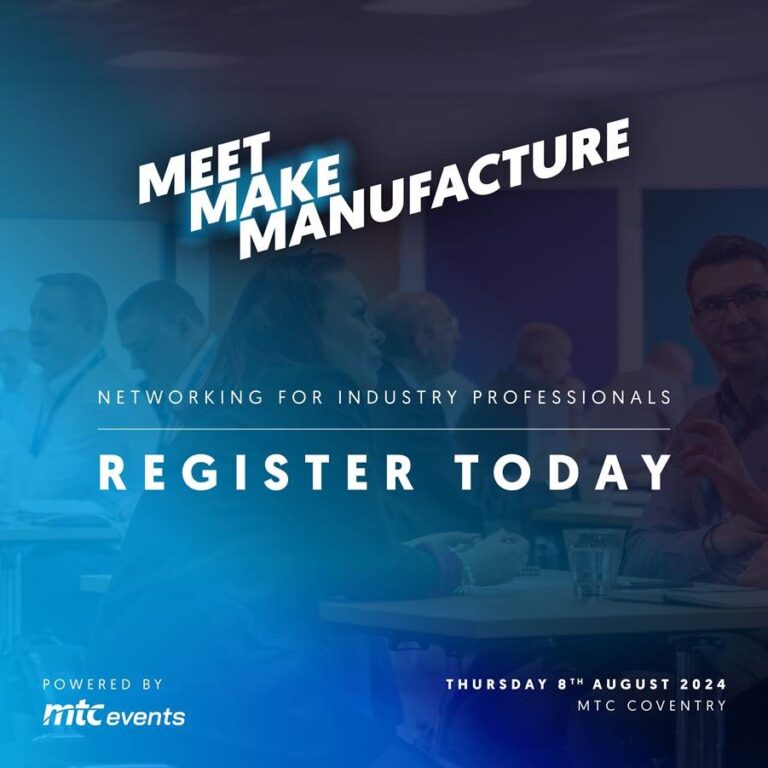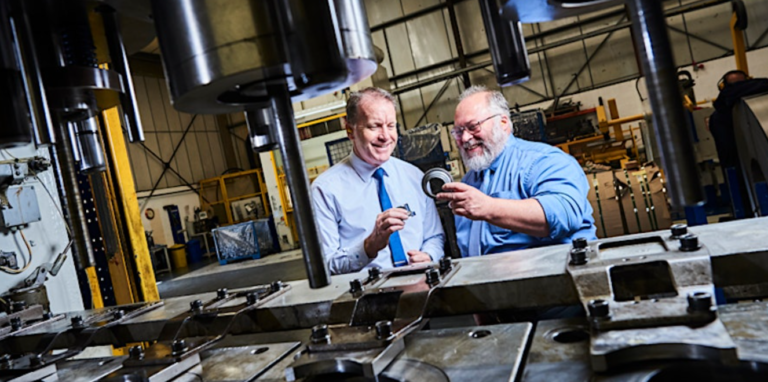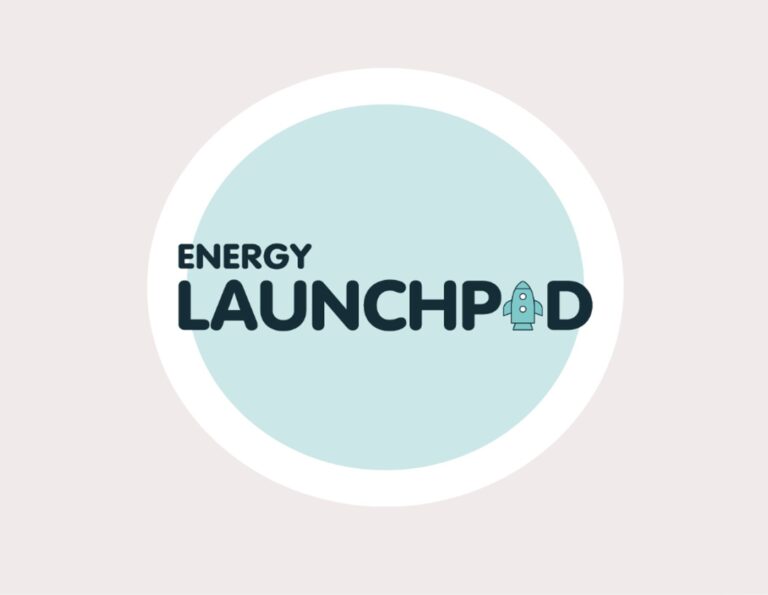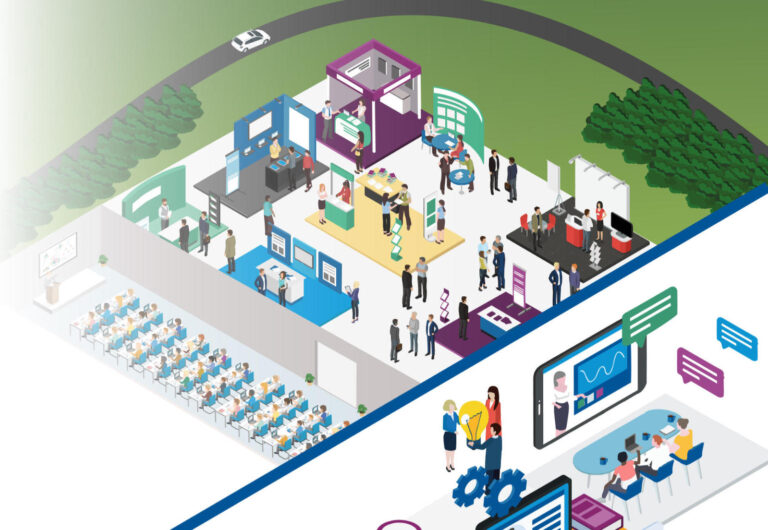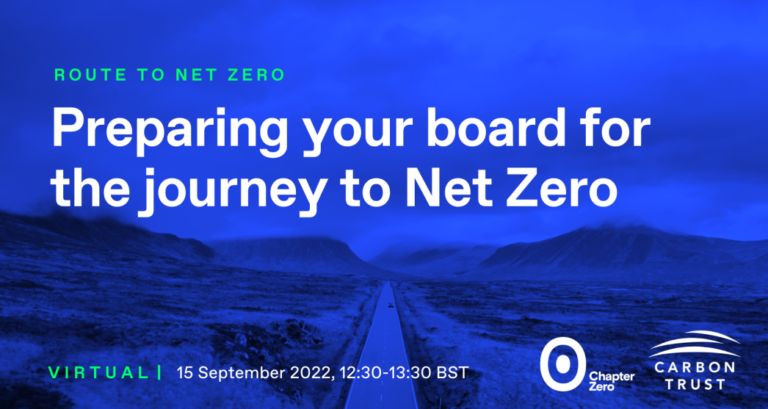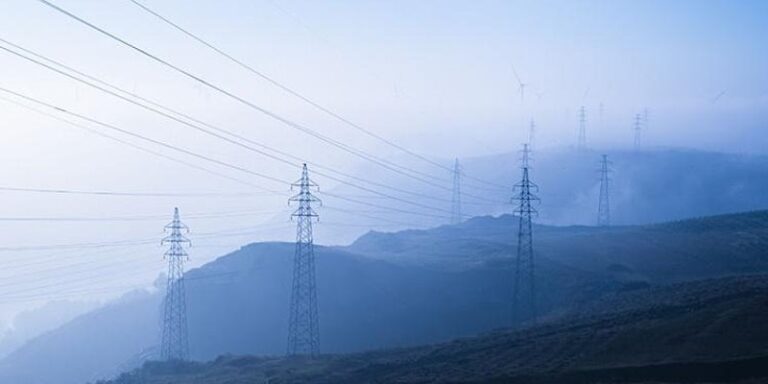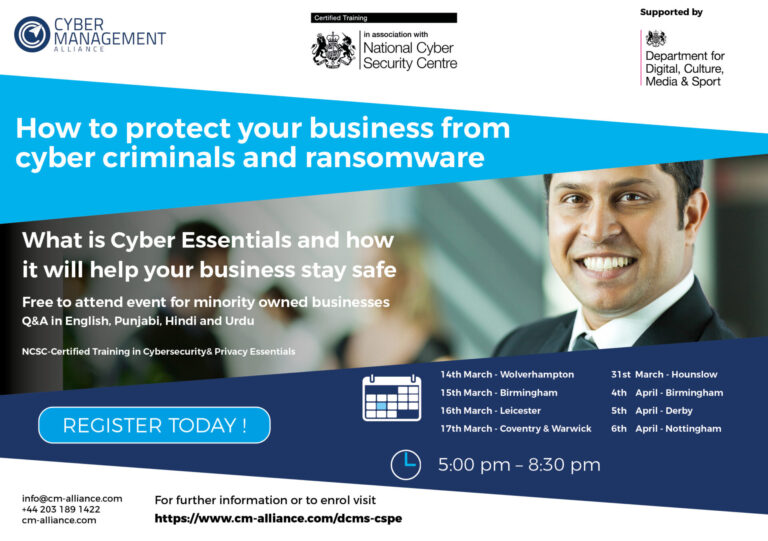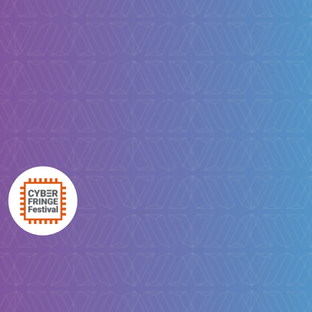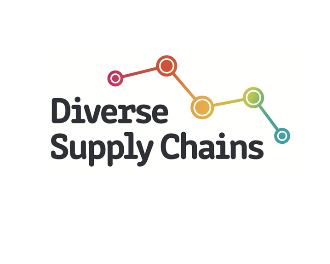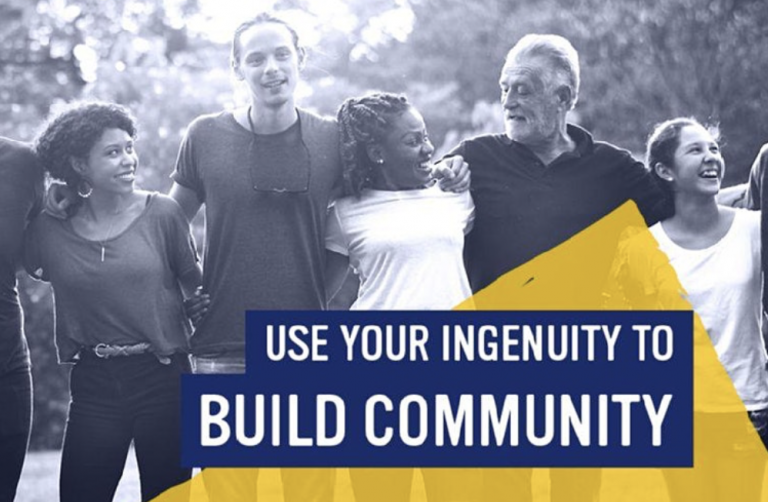
(Millenium Point, home of Birmingham’s Science Museum and Birmingham City University’s Technology Innovation Centre, photographed by Martin Hartland)
Back in September, we held the last meeting of the Birmingham Science City Digital Working Group – my first meeting as chair. We were joined by many enthusiastic representatives of Birmingham and the region’s digital community – entrepreneurs, small businesses, industry interest groups, universities and companies.
We had a thought provoking discussion of how the Digital Working Group can continue to be a valued forum and a catalyst for its members to share insight, create new ideas, and discover new opportunities in the digital economy; contributing to and benefitting from the Birmingham Science City objectives to create “scientific, technological and economic advantage for wealth, opportunity and worth”. In such a challenging economy, with funding for innovation and enterprise in short supply, such exchanges can stimulate new activity by increasing awareness of the resources that are nevertheless available.
The consensus we seemed to reach was that the working group could do that by:
- Bringing together stakeholders from our digital community who are aware of problems and challenges, and those who may be aware of solutions;
- Focussing on emerging opportunities for technology to contribute to Birmingham Science City’s economic and social objectives, but for which the business models are not yet clear;
- Using social media between meetings to explore specific topics within those broad criteria so that each face-to-face meeting has a clear agreed agenda beforehand;
- And continuing to use the group to provide updates between members, and in particular an update on current opportunities to access funds and resources.
As an example of the sorts of disruptive emerging technologies we might like to consider for our focuses, I found a couple of short videos interesting recently. The first, from the Financial Times, focuses on three small businesses in Shoreditch who are combining information technology, social media and advanced manufacturing in what the FT called “Industry 2.0”; a good example of the disruptive opportunities that are created when capabilities from different sectors are converged. The second is this presentation of an idea called “being nicely messy” presented by the Collaborative Research Initiatives Trust (CRIT) to the Audi Urban Future Awards 2012; the idea tries to capture the way in which innovation emerges in unexpected forms from Mumbai’s economy and physical environment as entrepreneurs search for gaps and opportunities in the market and use whatever resources are available to them to respond. The full report of the project is worth a read, and contains these excerpts:
“New patterns of work emerged as the new entrepreneurs struggled to survive and settle. they occupied varied locations and blurred the distinction between formality and informality …
… the entrepreneurs of Mumbai have innovatively occupied city spaces maximizing their efficiency …
… the blurry / messy condition further contributes to the high transactional capacity of the urban form.”
These remarks emphasise to me the need for us to be very open in considering where innovation and opportunity might emerge from; and what form it might take. The markets, business models and technologies we know today are in many cases unrecognisable from the world of only a few years ago; we should expect any and all of our assumptions to be challenged by the innovations that emerge in the very near future.
With these thoughts and provocations in mind, I’m thinking of organising the agenda of our next meeting, which will be in early December, around the following topics:
- Introduction and review of the last meeting
- Update on innovation investment and support
- An update on current trends in funding – e.g. from a local venture capitalist, or an update on tax credits for Research and Development from a Digital Working Group member
- An update on funding and projects from Birmingham Science City
- Introduction to the theme for the meeting
- Provocation
- An alternative viewpoint from Birmingham Science City – i.e. from somebody outside the usual Digital Working Group Community; and perhaps in this case from the Low Carbon Working Group, as discussed at our last meeting
- Creative discussion:
- How can Birmingham’s digital community exploit this theme, and how can the Digital Working Group help?
- Next steps, and discussion of the agenda for the next meeting

(Matthew Boulton, James Watt and William Murdoch, Birmingham’s three fathers of the Industrial Revolution, photographed by Neil Howard)
So what should our “theme” be?
In our last meeting we agreed that the area of Low Carbon technology was an interesting one for us to explore; and there are already interesting initiatives underway in that area in Birmingham, such as the “Birmingham Energy Savers” project, and the European Bio-Energy Research Institute, who are seeking to establish a regional supply chain of SMEs to support their work to develop small-scale, sustainable technology for recovering energy from waste food and sewage.
So my suggested theme is:
“How can the Birmingham Science City Digital Working Group create or stimulate innovation using digital technology to contribute to a low carbon economy – whether in the transport and energy sectors or elsewhere?”
If the Digital Working Group is able to do that, it could help Birmingham’s economy access the investment resources available to support low carbon innovation; potentially assisting in the creation of jobs, as well as lowering the city’s carbon footprint and improving its physical environment.
This discussion, in fact, reminds me of some important statements in Birmingham Science City’s Constitution; the constitution states that Birmingham Science City should stimulate collaborative innovation in using science and technology to create wealth, opportunity and worth by:
“Developing activities that increase public appreciation of the application of Science & Technology and the economic, employment and quality of life benefits that it can bring.”
and:
“Encouraging collective maintenance and development of resources for innovation including finance and physical infrastructure.”
I’d like this suggestion to be the start of a discussion; hence I’m making it in this public forum, and posting links to it in several discussion groups on Linked-In as well as sending it to the Digital Working Group members by e-mail.
I look forward to hearing from the Digital Working Group members – or any other interested parties – for comments and feedback to my proposal for the next meeting.


